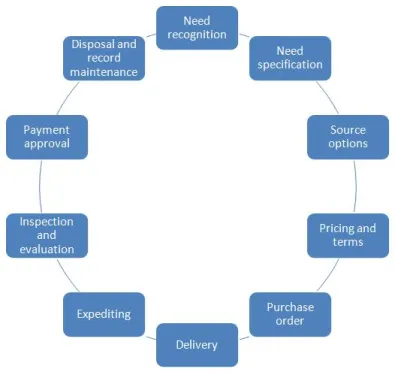Common Pitfalls in Service Level Agreements and How to Avoid Them
- donnariekepro
- Aug 22, 2024
- 3 min read
Introduction
Service Level Agreements (SLAs) are essential documents that define the expected performance and service standards between service providers and clients. They serve as a blueprint for managing expectations and ensuring that services are delivered as promised. However, poorly constructed SLAs can lead to misunderstandings, dissatisfaction, and even legal disputes. This blog explores common pitfalls in SLAs and offers strategies to avoid them, ensuring a smoother and more effective partnership.
1. Ambiguous Definitions
Pitfall: One of the most common issues with SLAs is ambiguous or vague definitions. When terms and conditions are not clearly defined, it can lead to misinterpretations and disputes. For instance, terms like "prompt response" or "high availability" can mean different things to different parties.
Solution: To avoid this pitfall, ensure that all terms and metrics in the SLA are clearly defined. Use precise language and include specific details about performance expectations, such as exact response times, uptime percentages, and detailed descriptions of services. Clear definitions reduce the risk of ambiguity and help both parties understand their responsibilities.
2. Unrealistic Expectations
Pitfall: Setting unrealistic expectations is another common mistake. This includes promises that cannot be met due to resource limitations, technical constraints, or other factors. For example, committing to 100% uptime might be impractical and could lead to frustration when unavoidable issues arise.
Solution: Set realistic and achievable expectations based on your organization's capabilities and the service provider’s actual performance. Conduct a thorough assessment of what is feasible before finalizing the SLA. It's important to balance ambition with practicality to ensure that both parties can meet their commitments.
3. Lack of Performance Metrics
Pitfall: SLAs without clear performance metrics can be problematic. Without defined metrics, it becomes difficult to measure service levels and assess whether the service provider is meeting their obligations. This can lead to disputes over whether performance standards have been met.
Solution: Incorporate specific, measurable performance metrics into the SLA. Examples include response times, resolution times, and availability percentages. Use objective criteria to evaluate performance, and establish a regular reporting mechanism to track compliance with these metrics.
4. Inadequate Penalties and Remedies
Pitfall: Many SLAs fail to include adequate penalties and remedies for non-compliance. Without these provisions, there is little incentive for service providers to adhere to the agreed-upon standards, and clients may have limited recourse if issues arise.
Solution: Define clear penalties and remedies for failing to meet SLA standards. This could include financial penalties, service credits, or other compensatory measures. Ensure that the consequences for non-compliance are proportionate to the impact of the failure and provide a clear process for addressing and resolving issues.
5. Ignoring Review and Revision
Pitfall: SLAs that are not periodically reviewed and updated can become outdated and irrelevant. As business needs and technological capabilities evolve, SLAs must be adjusted to reflect these changes. Ignoring this aspect can lead to misalignment and dissatisfaction.
Solution: Implement a regular review and revision process for the SLA. Schedule periodic evaluations to assess whether the SLA still meets the needs of both parties. Be prepared to make adjustments based on feedback, changes in business conditions, or advancements in technology. This ensures that the SLA remains relevant and effective over time.
Conclusion
Service Level Agreements are crucial for setting clear expectations and managing the delivery of services. By avoiding common pitfalls such as ambiguous definitions, unrealistic expectations, lack of performance metrics, inadequate penalties, and ignoring review processes, organizations can create more effective and sustainable SLAs. Ensuring clarity, feasibility, and adaptability in SLAs helps build stronger, more successful partnerships between service providers and clients. SITES WE SUPPORT
SOCIAL LINKS



Comments